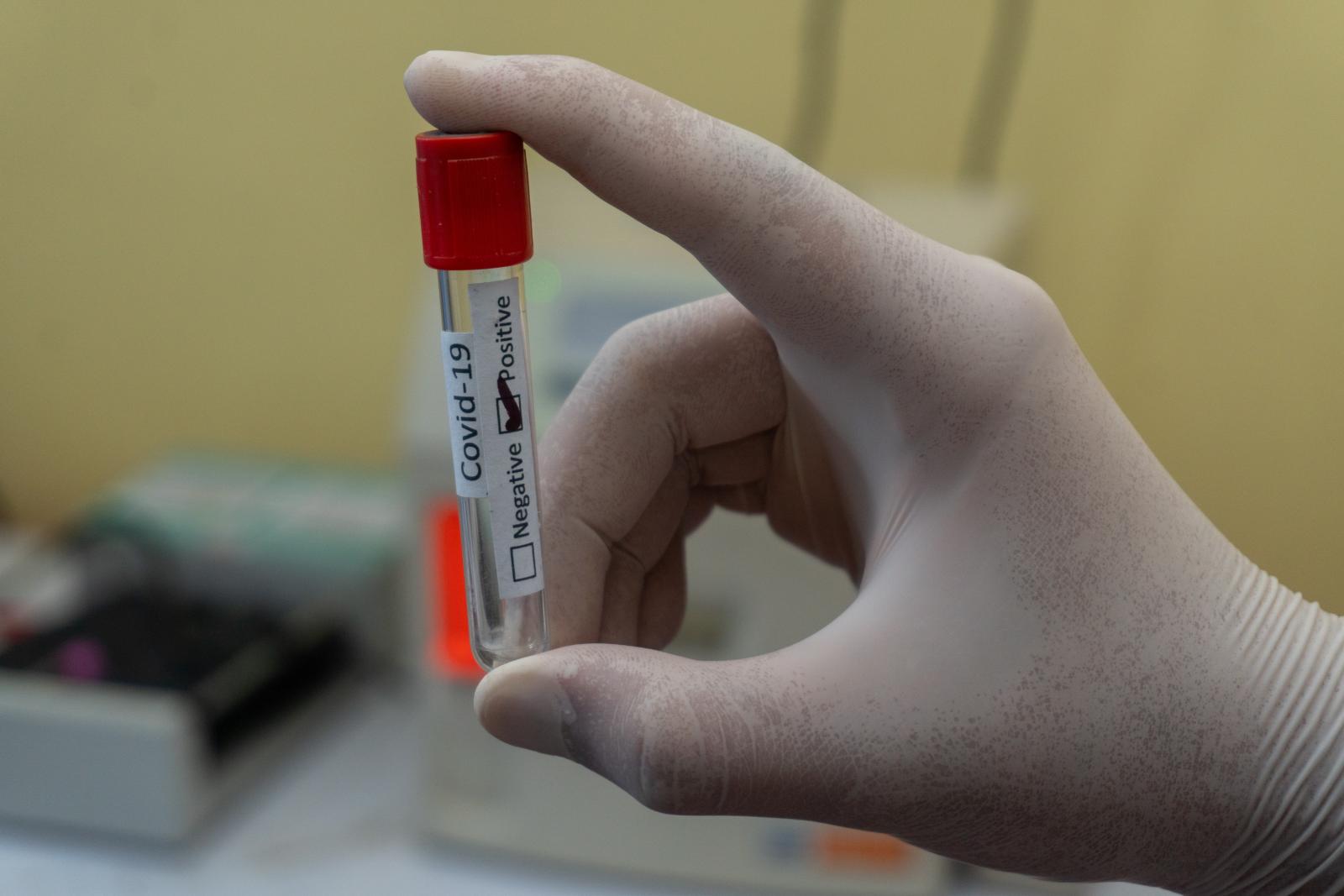[video:http://www.youtube.com/watch?v=nX23TuwP0tI]
Columbia University, the University of Maryland, and the Smithsonian Institution are working on visual recognition software to help identify species from photographs. Leafsnap is the first in a series of electronic field guides being developed to demonstrate this new technology.
This free mobile app helps identify tree species from photographs of their leaves. Leafsnap currently includes the trees of the Northeast and will soon grow to cover the trees of the entire continental United States.
The realization of Leafsnap was possible thanks to the collaboration between Peter Belhumeur (Columbia University), David Jacobs (University of Maryland), and John Kress (Smithsonian Institution).
[video:http://www.youtube.com/watch?v=KCpR4JTEy4c]
The high quality photographs on the website leafsnap.com and in the app were made by the the not-for-profit nature photography group Finding Species.
[video:http://www.youtube.com/watch?v=k02C7p7mQ_c]
Previews of the app:






